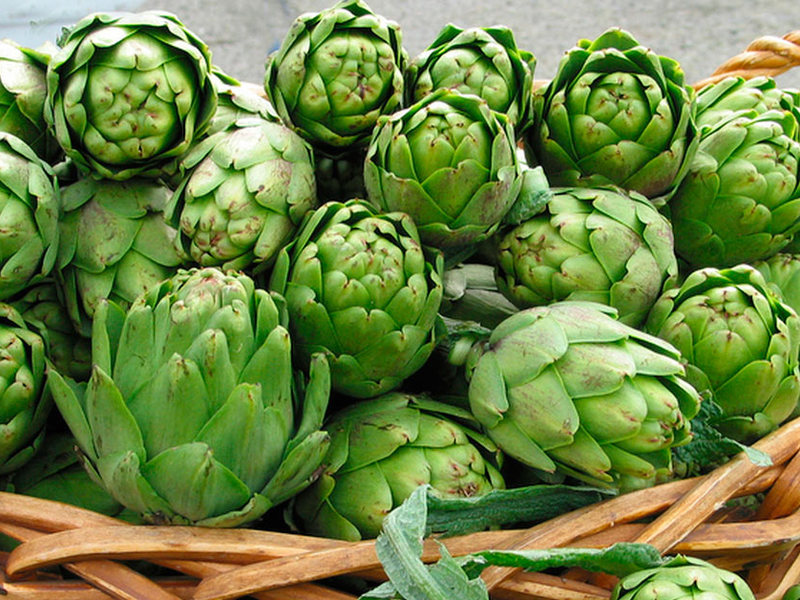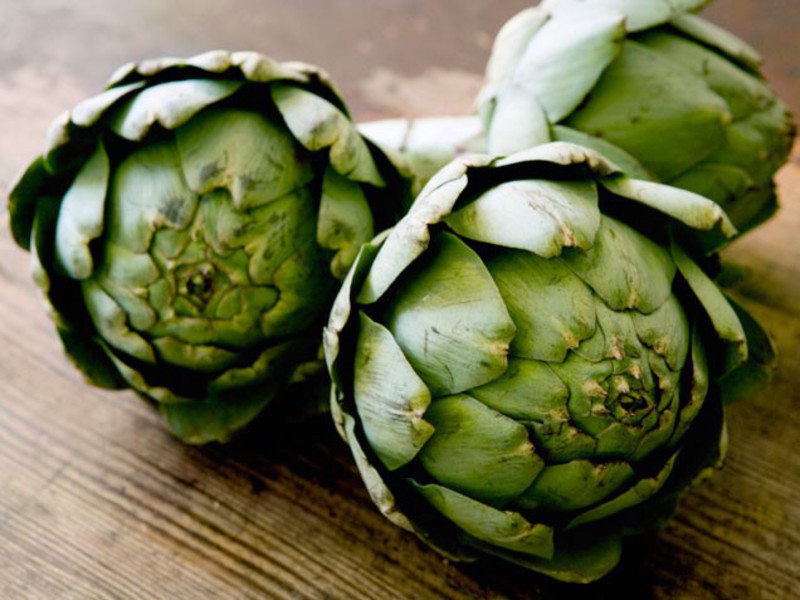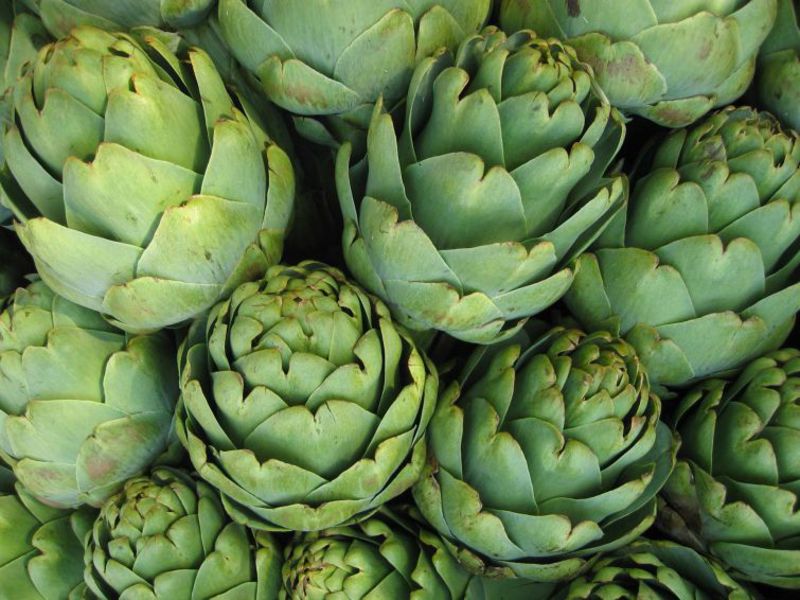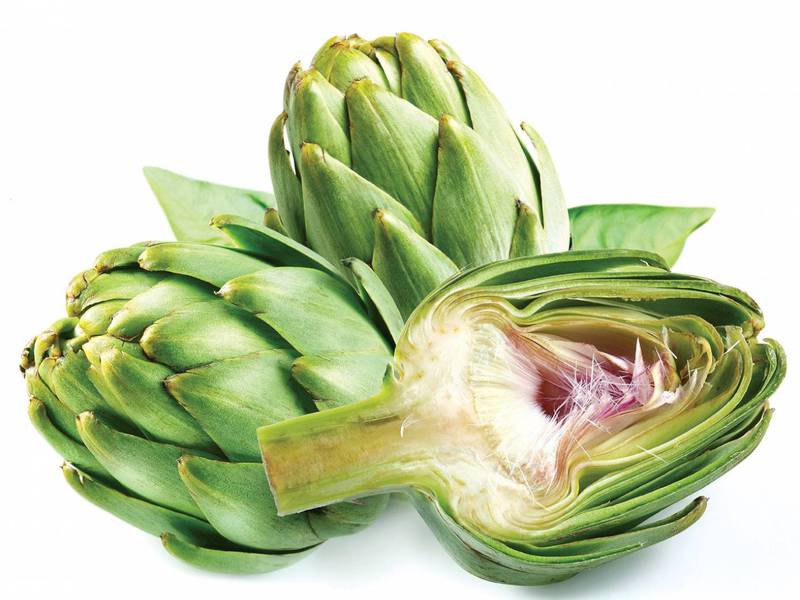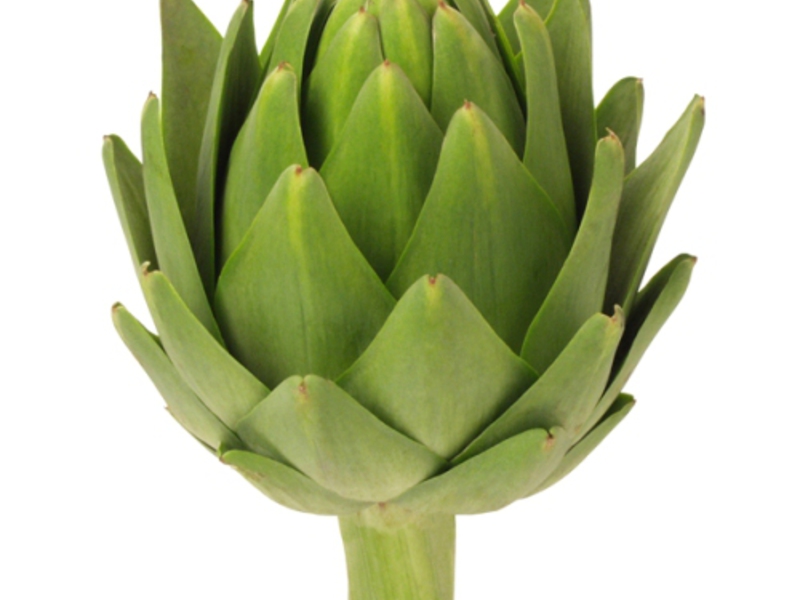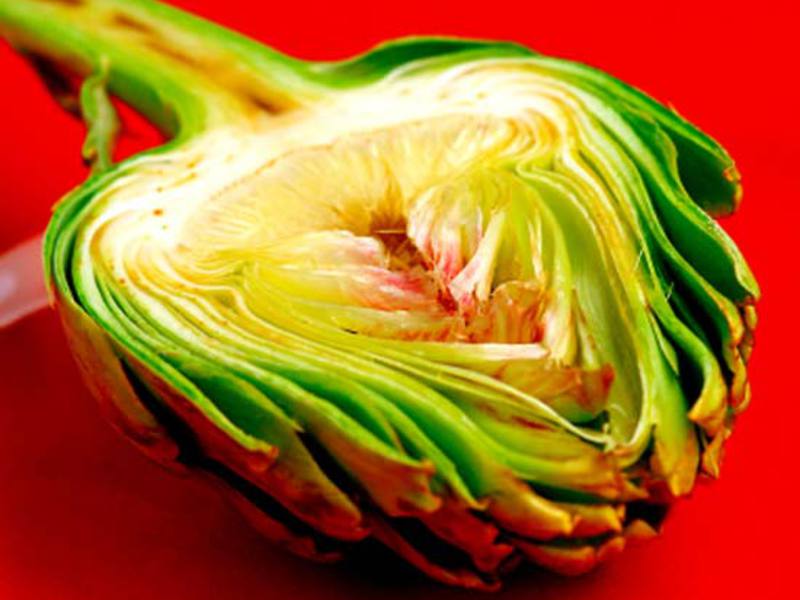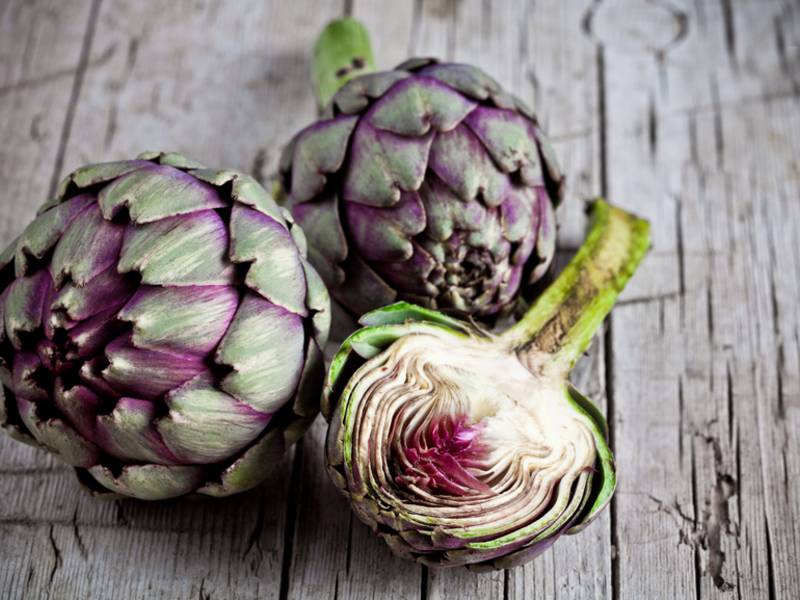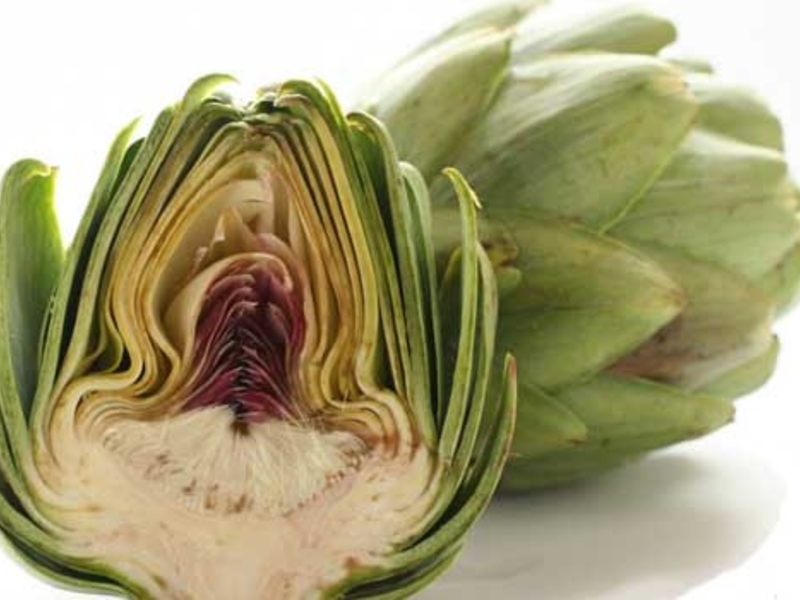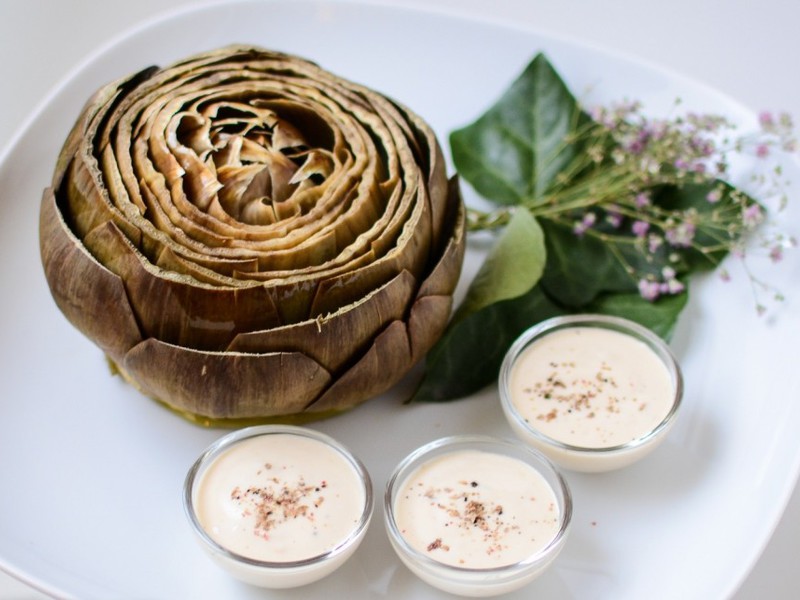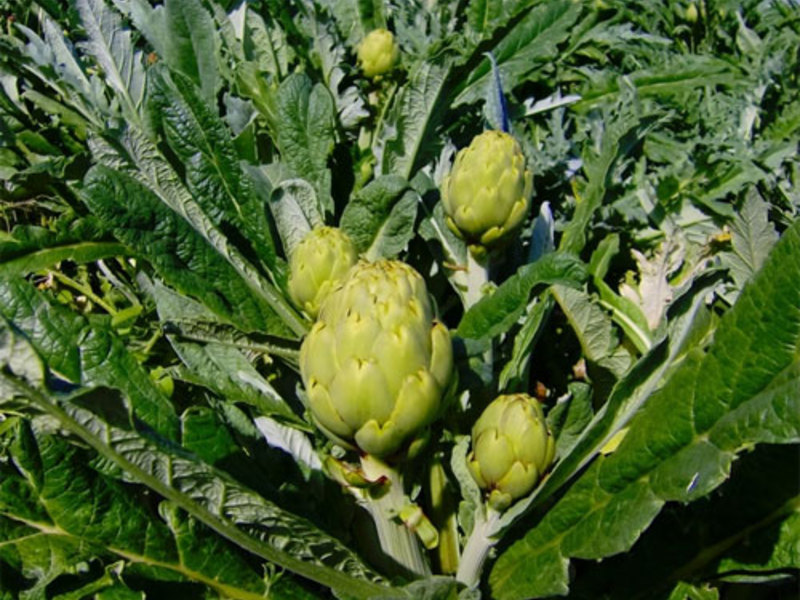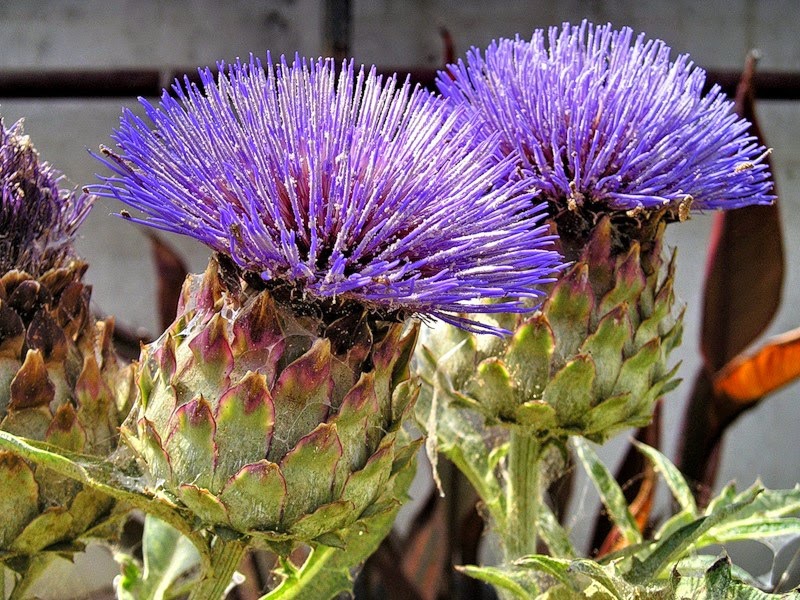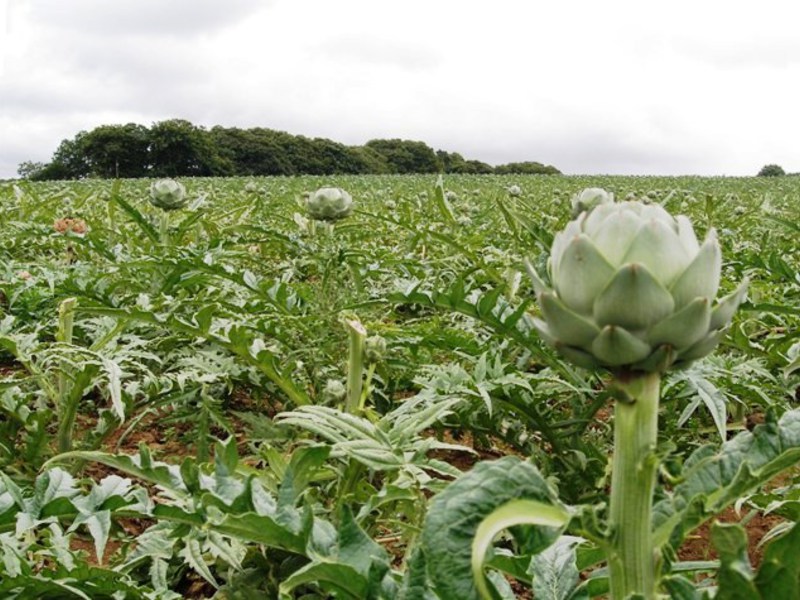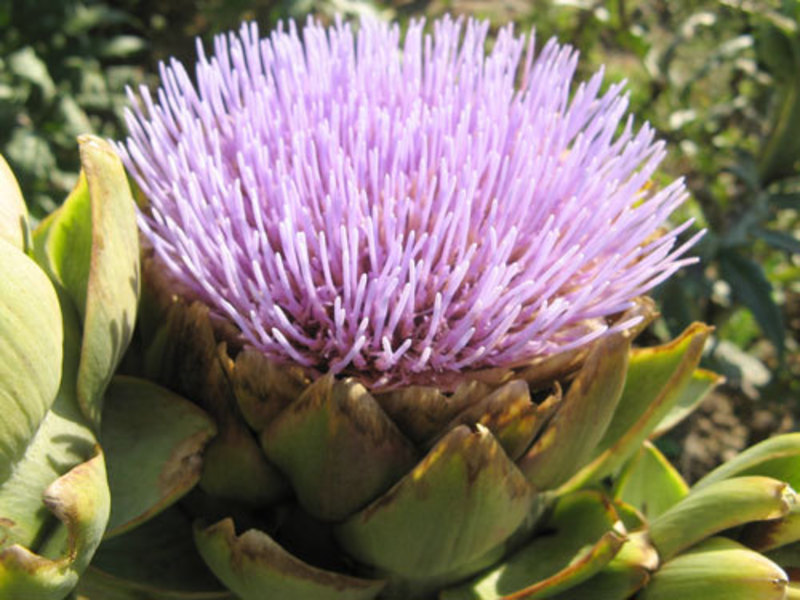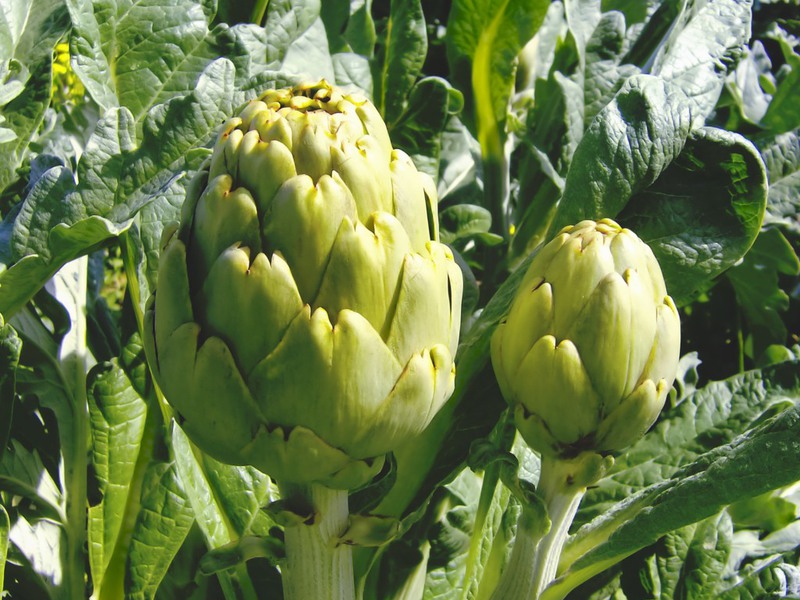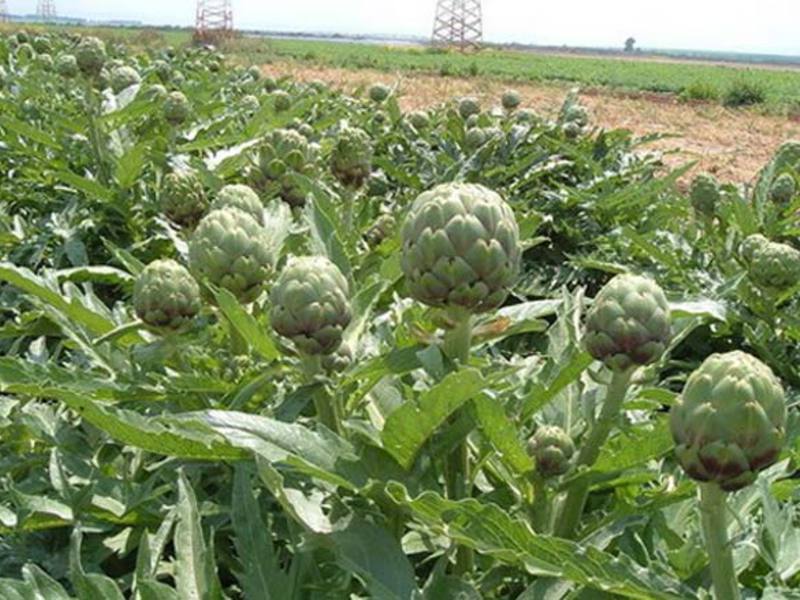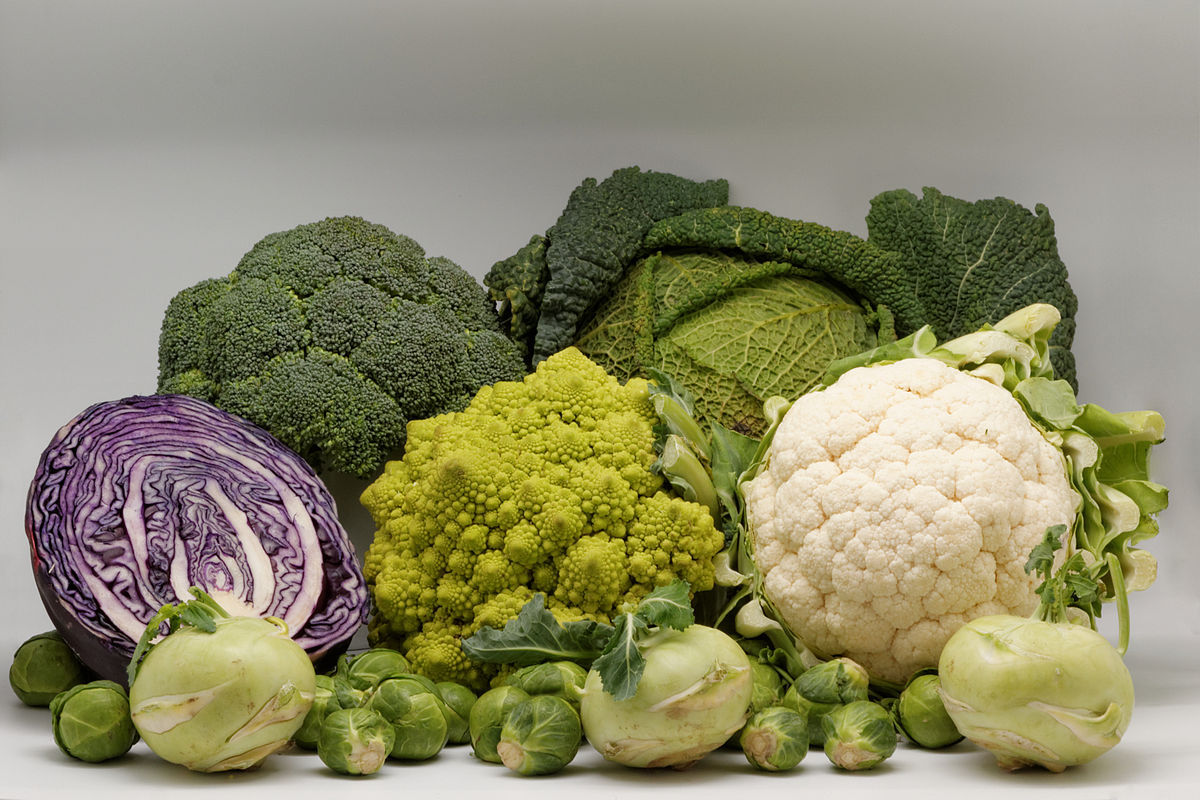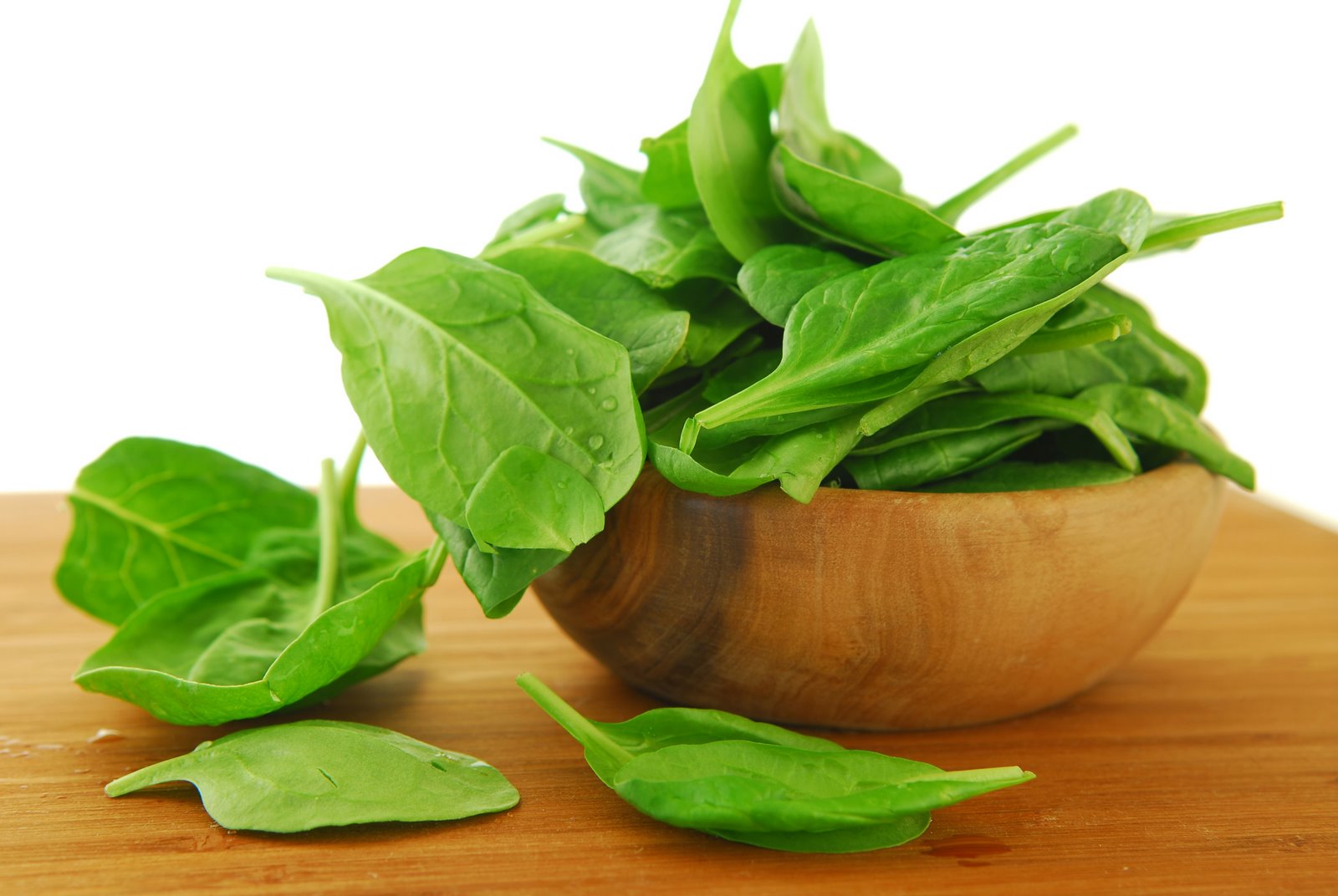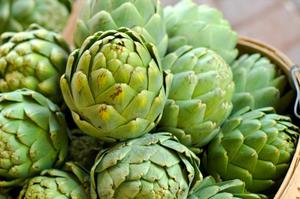 Today science knows many different plants. Among them there are many who, due to their unique properties, benefit the human body. Plants stand apart, the use of which is not limited to medical purposes only. Many are often used in cooking. However, plants are of the greatest interest, with the help of which you can increase immunity and improve well-being. One of the brightest representatives of such plants is the artichoke, the properties of which not even all experienced gardeners know about.
Today science knows many different plants. Among them there are many who, due to their unique properties, benefit the human body. Plants stand apart, the use of which is not limited to medical purposes only. Many are often used in cooking. However, plants are of the greatest interest, with the help of which you can increase immunity and improve well-being. One of the brightest representatives of such plants is the artichoke, the properties of which not even all experienced gardeners know about.
Content
Artichoke application
For our country, an artichoke is an exotic plant... If a person who is not familiar with the artichoke sees it, then he may not recognize it, because this plant looks like an unopened aster bud or a green cone.
The artichoke is a perennial representing the thistle and milk thistle family. In the process of development, it forms a bush up to 2 m high. In adult plants, at the end of the growing season, cone-shaped baskets ripen right at the top.
Despite the fact that the artichoke is a heat-loving plant, it retains its vitality at small temperature drops and even mild frosts. Cones can be eaten: in their taste, they are similar to unripe walnuts.
The harvested fruits must be used within a week, as otherwise they lose their original tasteas well as medicinal properties. The most valuable part of the artichoke is located deep enough, so you will have to work hard to get to it. To do this, it must be cleaned both outside and inside, and then remove all the villi located inside. As a result, instead of the green bud, only the central part should remain, which has a very sophisticated taste.
Artichoke cultivation
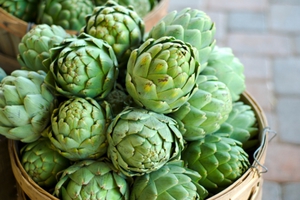 The artichoke includes about 140 species, of which only 40 are considered valuable. The history of its cultivation goes back about 5000 years. The Romans got the first experience in growing it, and after them the Greeks and Egyptians got acquainted with the plant. Today it is cultivated in various places of the planet. In South America and Australia, the plant is considered a weed, since it is ubiquitous in these countries.
The artichoke includes about 140 species, of which only 40 are considered valuable. The history of its cultivation goes back about 5000 years. The Romans got the first experience in growing it, and after them the Greeks and Egyptians got acquainted with the plant. Today it is cultivated in various places of the planet. In South America and Australia, the plant is considered a weed, since it is ubiquitous in these countries.
The best results in artichoke cultivation have been achieved by the French, Italians, Spaniards, Greeks and Americans. The varieties they bred not only have excellent taste, but also have dietary properties. Modern varieties produce fruits that can be consumed at any stage of ripening.
Young bumps, as a rule, are eaten, and fruits that have reached the full ripening stage are used for pickling and canning. To enjoy large fruits, you will have to process them first: for this, the middle is cut out from them. If the cones have time to open, then they become unusable.
Canned, raw and pickled fruits, which are often included in many salads, are widely used in cooking. Boiled artichoke can be used as a side dish or as a separate dish.It can also be used as a filling in the preparation of pies, pizzas, desserts, etc.
Beneficial features
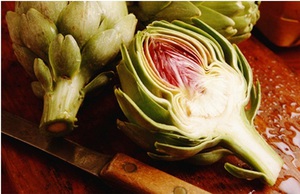 The artichoke is also valued for its healing properties. With regular use you can normalize digestion and improve metabolism. It is also beneficial in that it promotes the regeneration of liver cells exposed to toxins from eating stale food.
The artichoke is also valued for its healing properties. With regular use you can normalize digestion and improve metabolism. It is also beneficial in that it promotes the regeneration of liver cells exposed to toxins from eating stale food.
The ability to remove various toxins and salts from the body makes it a unique vegetable. If the artichoke is often present in the diet, it helps to normalize the activity of the gallbladder, which ensures correct production of bile. The choleretic effect of this plant is well known. Therefore, it can be used not only by sick people, but also by healthy people, for whom it helps to maintain the kidneys in normal condition.
The fruits of the plant have pronounced antioxidant properties. When consumed, the digestion of fatty protein foods improves, the development of arteriosclerosis and cholecystitis slows down.
Other features of the artichoke properties can be distinguished:
- lower blood sugar levels;
- slow down the development of cardiovascular diseases;
- protect against premature cell aging.
According to the results of the studies, it became known that the artichoke contains substances that can resist cancer, and also improve the condition of bilirubin. The plant contains special substances that lower the level of cholesterol and glucose in the blood.
Even in ancient times, it was known about the healing properties of the artichoke. Vegetable extract was considered an effective remedy, which helped to alleviate the condition of people suffering from weeping and scaly lichen, as well as other skin diseases. With the help of a decoction prepared from this plant, you can save a person from bouts of nausea, flatulenceas well as reduce the heaviness in the digestive tract.
It is believed that the vegetable can help with hair loss. A similar effect is associated with freshly squeezed juice, which should be rubbed into the scalp. After completing a full course of treatment, including five masks, you can achieve positive changes in the form of accelerated hair growth.
An artichoke can help relieve a hangover. To do this, use leaves that need to be poured with boiling water. The finished infusion is taken in small sips.
It is also known about this plant that it has pronounced properties of aphrodisiacs.
Harmful properties
Although this plant has many beneficial properties, and it itself has a pleasant taste, not all people can eat it. First of all, we are talking about those who have health problems:
- high pressure;
- cholelithiasis;
- gastritis.
Refuse to eat artichoke should also be those who have an individual intolerance to this plant or the substances that it contains. People who have been diagnosed with renal failure, high acidity and gastrointestinal diseases will also have to exclude the artichoke from the diet.
Lactating women should refuse to eat artichoke, since this vegetable negatively affects the rate of excretion of breast milk. Also, you should not give this vegetable and children under 12 years old... People with cholecystitis should only eat artichoke after consulting their doctor.
Artichoke harm
 Unlike many other vegetables, the harm that an artichoke can do can vary. To do this, you need to take into account the size of the fetus. Usually, eating it raw does not lead to poor health. You need to be more careful with large and overripe fruits: you can eat them only after heat treatment.
Unlike many other vegetables, the harm that an artichoke can do can vary. To do this, you need to take into account the size of the fetus. Usually, eating it raw does not lead to poor health. You need to be more careful with large and overripe fruits: you can eat them only after heat treatment.
In addition, it is necessary take into account the shelf life artichoke. Fresh, you can use only fruits that were harvested no later than a week. In the future, this vegetable can be eaten only after boiling it.It is recommended to store the artichoke in a dry place away from products with a persistent smell, since this vegetable can absorb not only it, but also moisture.
Artichoke: cooking applications
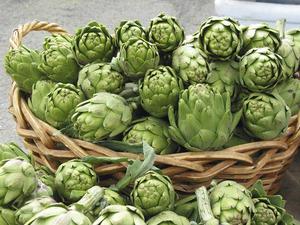 The artichoke is popular not only for its beneficial properties, but also for its pleasant taste. Therefore, it is widely used in cooking, and some consider it a delicacy. Its taste practically does not change, regardless of the form in which it is consumed. However, it should be borne in mind that when it is placed in boiling water, the artichoke loses many of its taste and healing properties.
The artichoke is popular not only for its beneficial properties, but also for its pleasant taste. Therefore, it is widely used in cooking, and some consider it a delicacy. Its taste practically does not change, regardless of the form in which it is consumed. However, it should be borne in mind that when it is placed in boiling water, the artichoke loses many of its taste and healing properties.
It is often used in the preparation of some exotic salads, saucesand also used as a side dish. The largest number of uses for this vegetable exist in Italian cuisine.
The artichoke can be cooked in a wide variety of ways:
- cooking;
- pickling;
- steaming;
- frying;
- extinguishing.
It can also be used in the preparation of various pies, where it can act as a delicious filling. Artichoke bread is not only delicious, but also a very healthy delicacy.
This vegetable is used in the preparation of a large number of desserts. In Vietnam, artichoke leaves are actively used, from which a medicinal tea with an anti-inflammatory effect is brewed. However, other parts of this plant have also been used in cooking - flowers and cones.
Medium-sized fruits are suitable for stewing or frying. Small artichokes can be used to make snacks from them. Regardless of the size, the vegetable can be used in the preparation of various salads, after cutting it into small pieces.
A wonderful dish is obtained if the artichoke is served with rice. In a similar version, it is used to prepare the Italian dish "risotto". In terms of its taste, it is very similar to nuts. However, the artichoke does not retain its original taste for long, so after a week it can turn into a fibrous, sluggish mass, having lost the juice.
Conclusion
In our country, few are familiar with such a plant as the artichoke. Those who, seeing a green cone, walk by, do so in vain. After all, this vegetable not only tastes good, but also has beneficial properties. This fruit is used in cooking, where it has found use as an important ingredient in many dishes or is used as a delicacy. You can also make a healthy tea from the leaves, which relieves inflammation.
